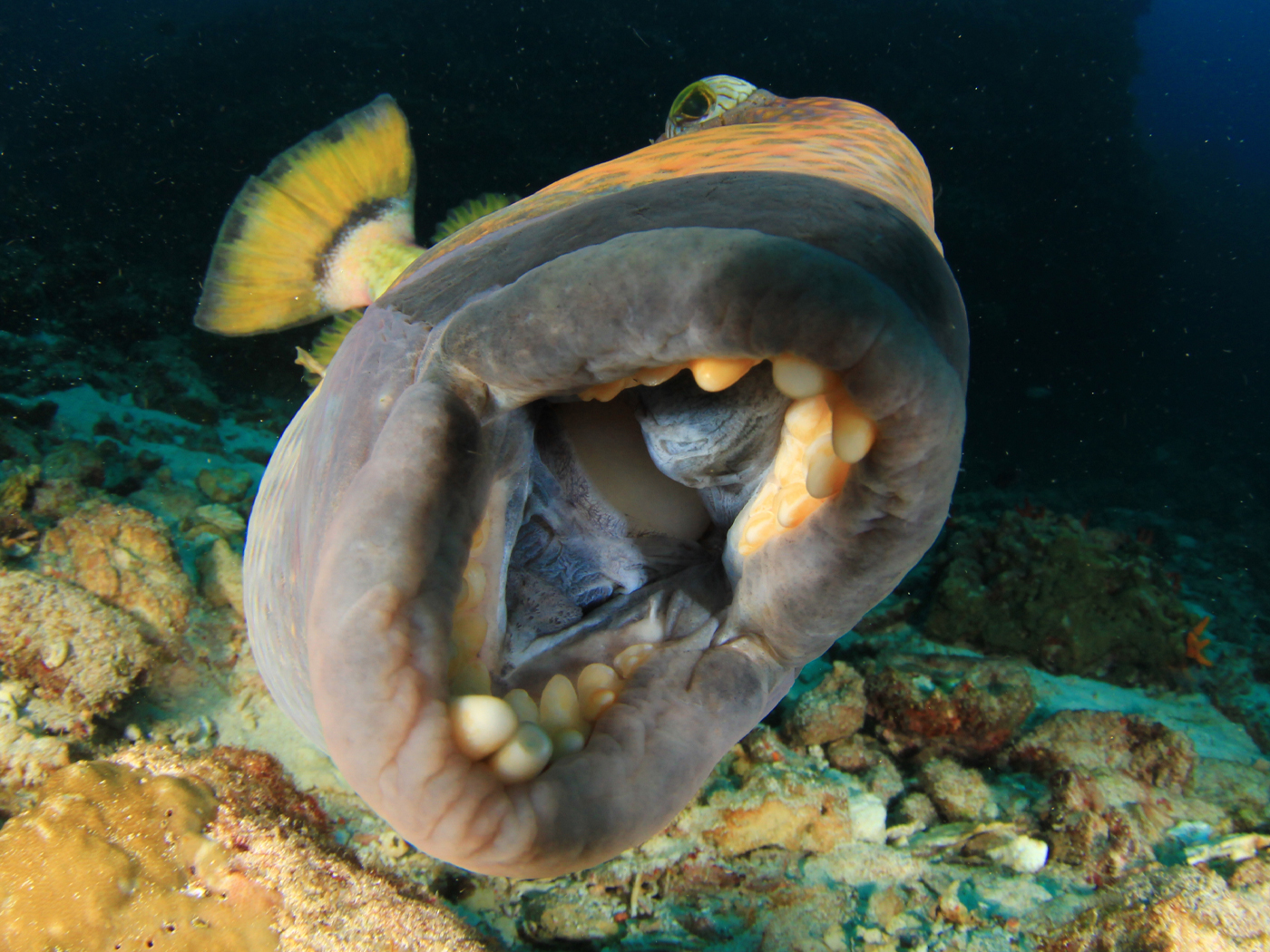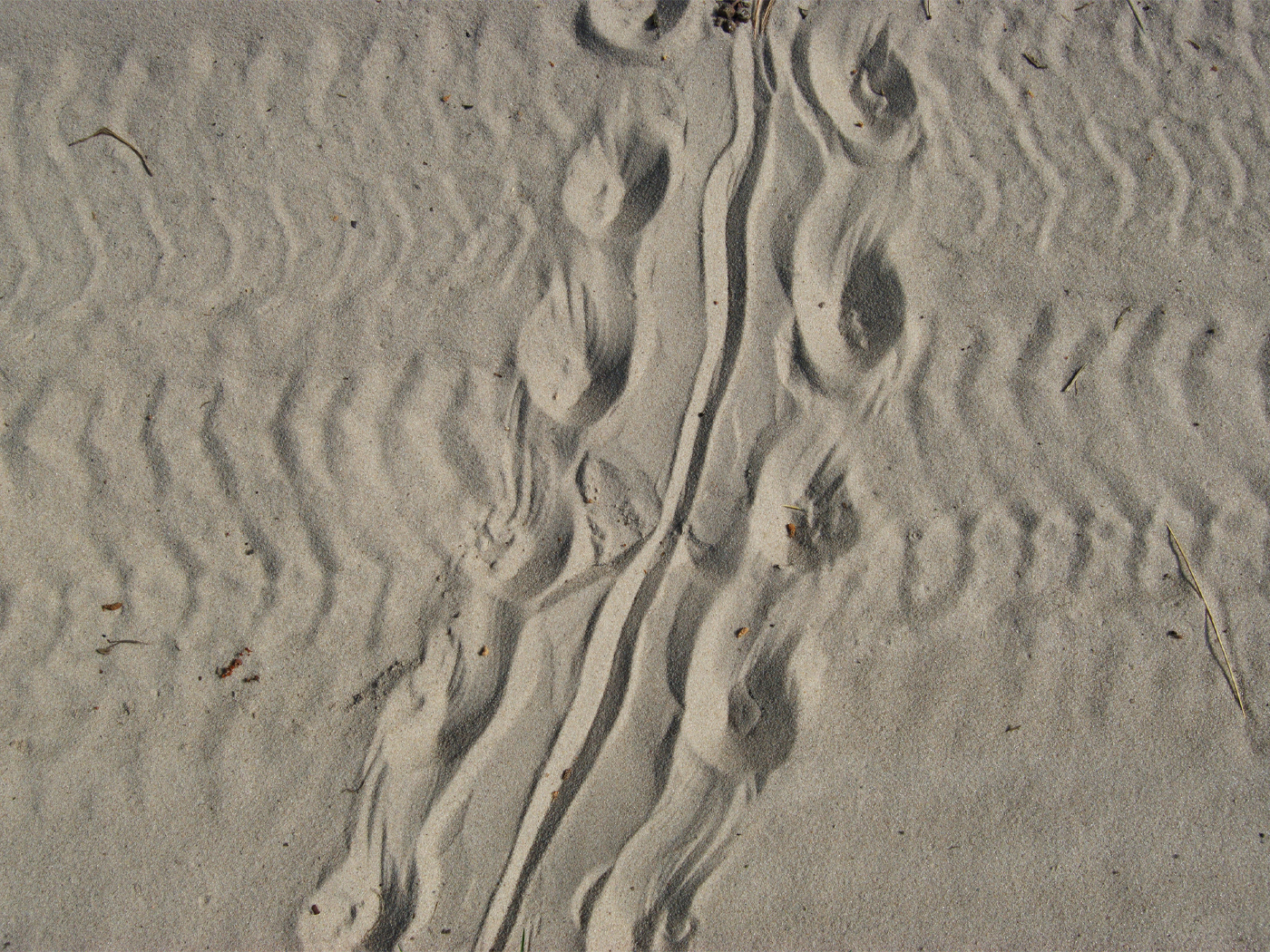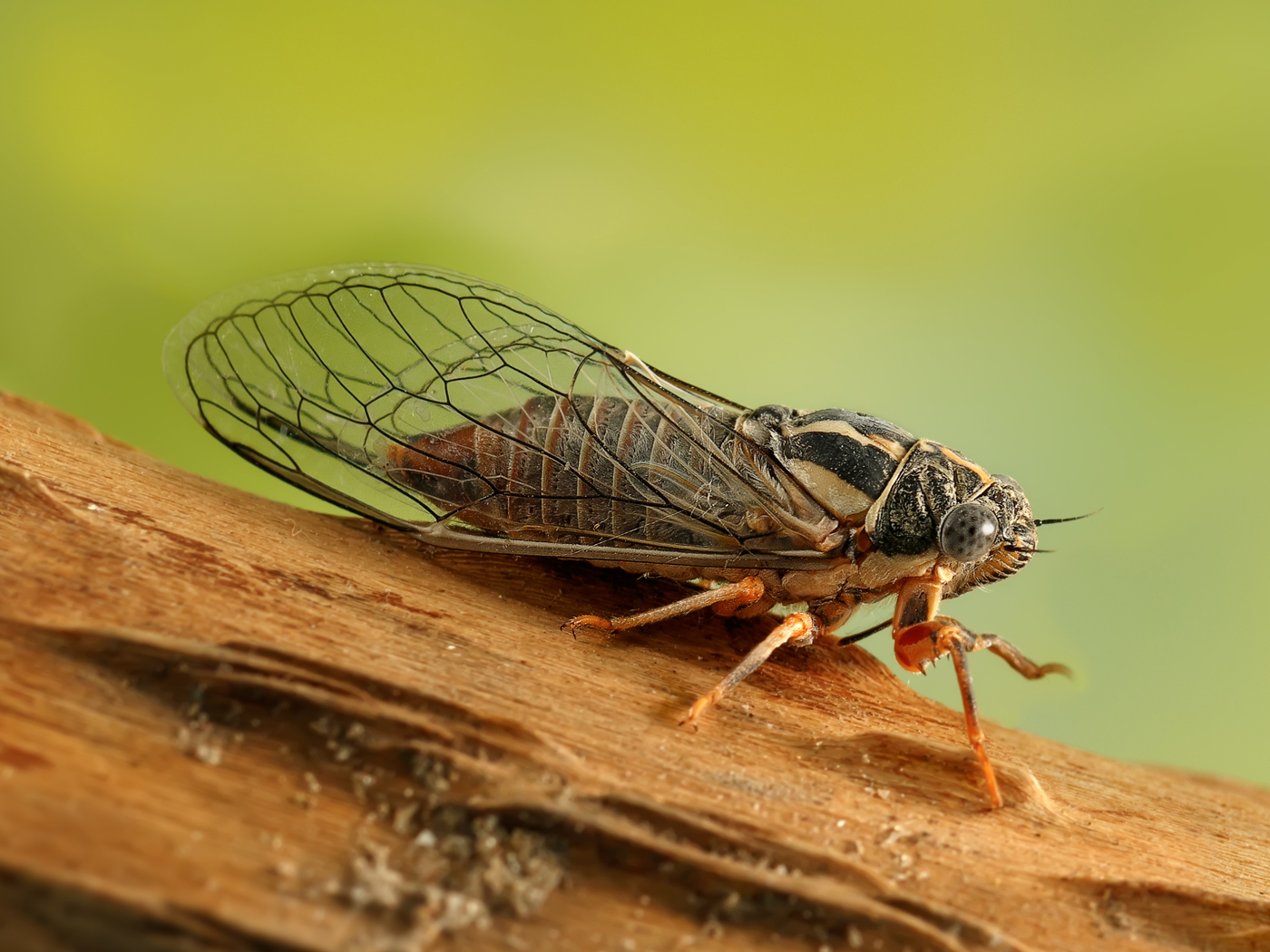Many jellyfish are transparent, and they have seemingly simple movements and few visible interacting parts. They should, therefore, be easy to synthesize with man-made parts, but that's not what bioengineers discovered when they recently built a jellyfish mimic from rat heart cells attached to a silicone frame.
A team of Unites States collaborators produced a structure that, when energized by an external electrical shock, flexed and moved like a jellyfish in a water tank. Nature News posted a video showing their construct in motion.1
Just what hurdles did the research team overcome in order to achieve their modest results?
The bioengineers used "a systematic design strategy to reverse engineer a muscular pump," according to the technical report in Nature Biotechnology. They also wrote, "The constructs, termed 'medusoids,' were designed with computer simulations and experiments to match key determinants of jellyfish propulsion and feeding performance by quantitatively mimicking structural design, stroke kinematics and animal-fluid interactions."2
Jellyfish may not be so simple after all.
Even though it was highly-engineered, the man-made construct is far inferior to the more excellently designed actual jellyfish. ABC News wrote, "their artificial jellyfish, for instance, is far simpler than a real one. A real one can steer through the water; Medusoid could only go straight."3 And perhaps no human engineer will ever devise a jellyfish construct that can repair and reproduce itself.
The implication is clear. Whoever designed real jellyfish was much smarter than ordinary people.
References
- Yong, E. Artificial jellyfish built from rat cells. Nature News. Posted on nature.com July 22, 2012, accessed July 26, 2012.
- Nawroth, J. et al. A tissue-engineered jellyfish with biomimetic propulsion. Nature Biotechnology. Published online before print July 22, 2012.
- Potter, N. Artificial Jellyfish, 'Medusoid,' Made From Rat Heart Cells. ABC News. Posted on abcnews.go.com July 23, 2012, accessed July 26, 2012.
* Mr. Thomas is Science Writer at the Institute for Creation Research.
Article posted on August 10, 2012.













